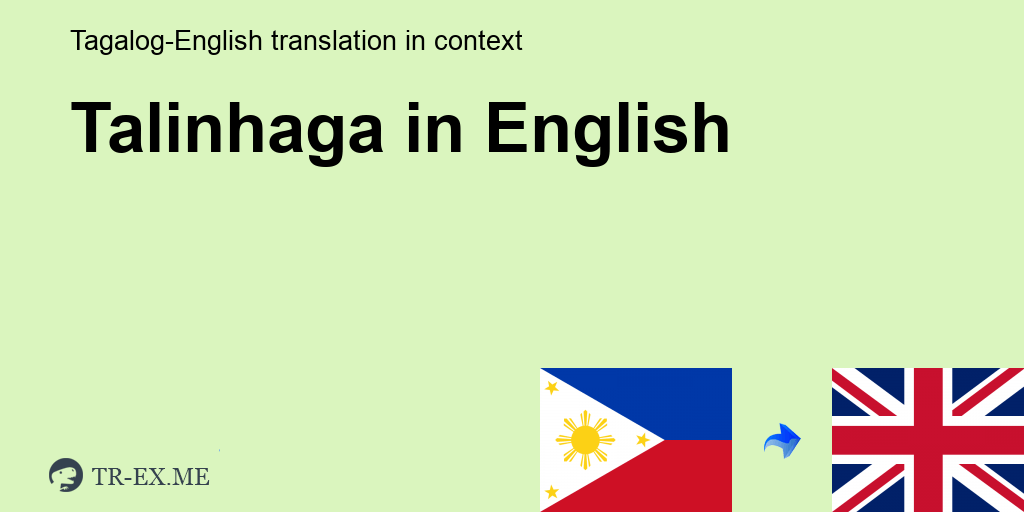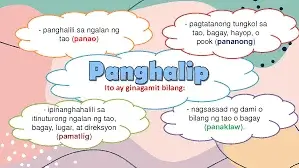Talinghaga In English: Exploring the Art of Figurative Language
Talinghaga In English – Talinghaga, known as “figurative language” in English, is a creative and imaginative form of expression used to convey deeper meanings, concepts, and messages through stories, fables, and imagery. It is a profound and artistic way of communication that aims to captivate, evoke emotions, and provide profound understanding to its listeners or readers.
Definition of Talinghaga:
- Talinghaga, or figurative language, is a literary device where words and images are used to convey deeper meanings and concepts that are not directly stated.
- It is a form of speech that utilizes symbolism, metaphor, simile, and other creative methods to impart lessons and messages to the audience.
- Talinghaga is an artistic use of language that aims to testify, express emotions, and convey profound knowledge to the listeners or readers.
Examples of Talinghaga:
- “Her laughter was music to my ears.” – In this talinghaga, laughter is likened to music, emphasizing the joy and pleasure it brings to the person hearing it.
- “He’s a shining star in the basketball court.” – This talinghaga compares a person’s skills and talent in basketball to a shining star, highlighting their exceptional abilities.
- “Love is a battlefield.” – Here, love is metaphorically described as a battlefield, emphasizing the challenges and struggles that come with it.
Concepts in Talinghaga:
- Symbolism – Talinghaga employs symbols to convey deeper meanings. Symbols are images or ideas that represent concepts or qualities of things.
- Metaphor – Metaphor is a type of talinghaga that uses a comparison to relate one thing to another. It provides a vivid and imaginative description.
- Simile – Simile is a talinghaga that uses a direct comparison using “like” or “as” to highlight similarities between two things.
- Personification – Personification is attributing human qualities or emotions to non-human entities. It brings life to objects or abstract concepts by assigning human characteristics to them.
- Imparting Lessons – Talinghaga serves as a means to impart lessons and concepts through a creative approach. It provides deeper understanding and allows the audience to contemplate and establish a personal connection with the messages conveyed.
Tingnan din ang post na ito Ano Ang Isang Parabula?
Talinghaga is an essential component of literature and culture across different countries. It provides meanings and lessons that enhance our understanding of life and concepts. Through talinghaga, ideas and events are presented in a more imaginative and artistic manner, leaving a profound impact on the audience.







